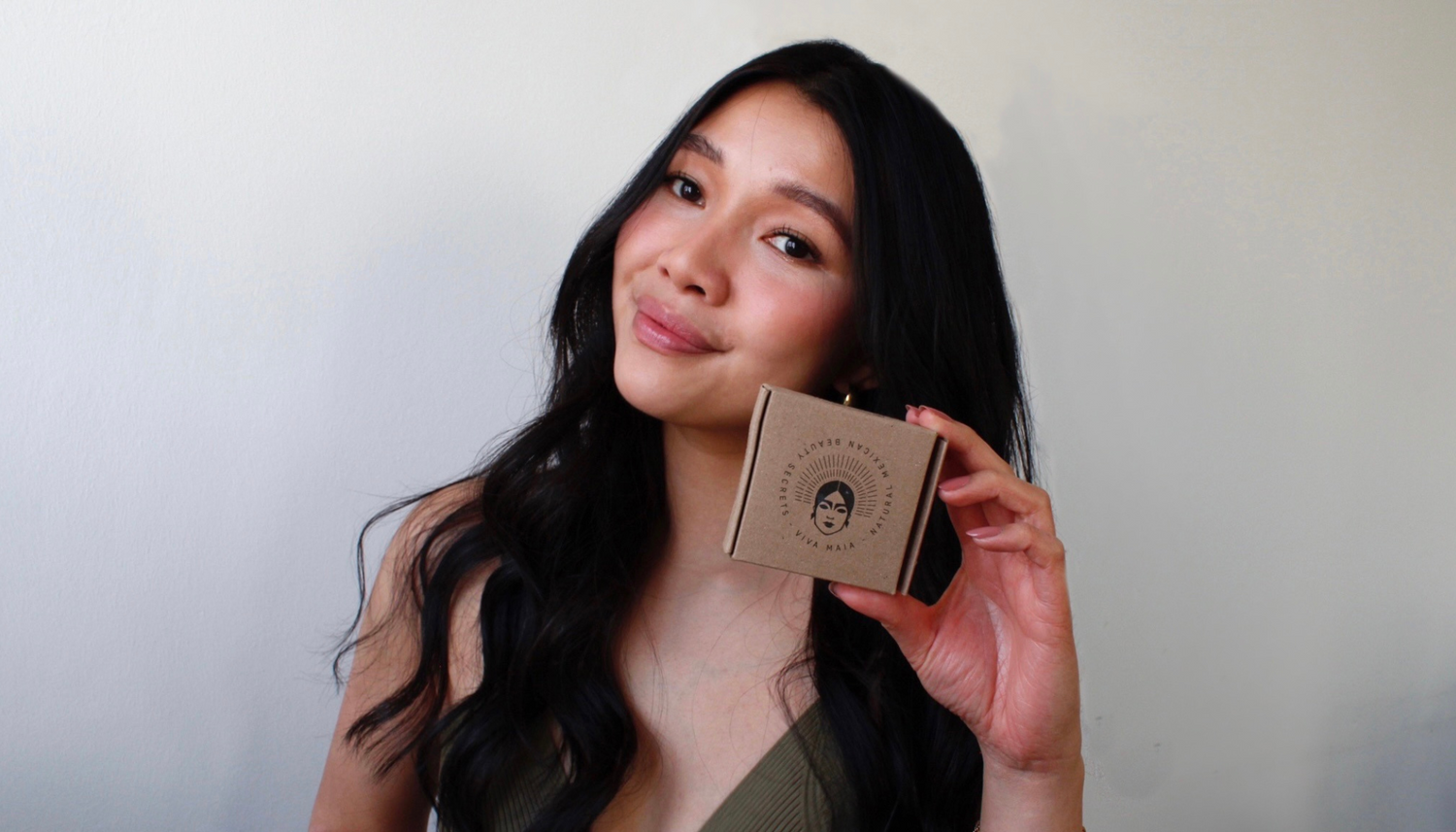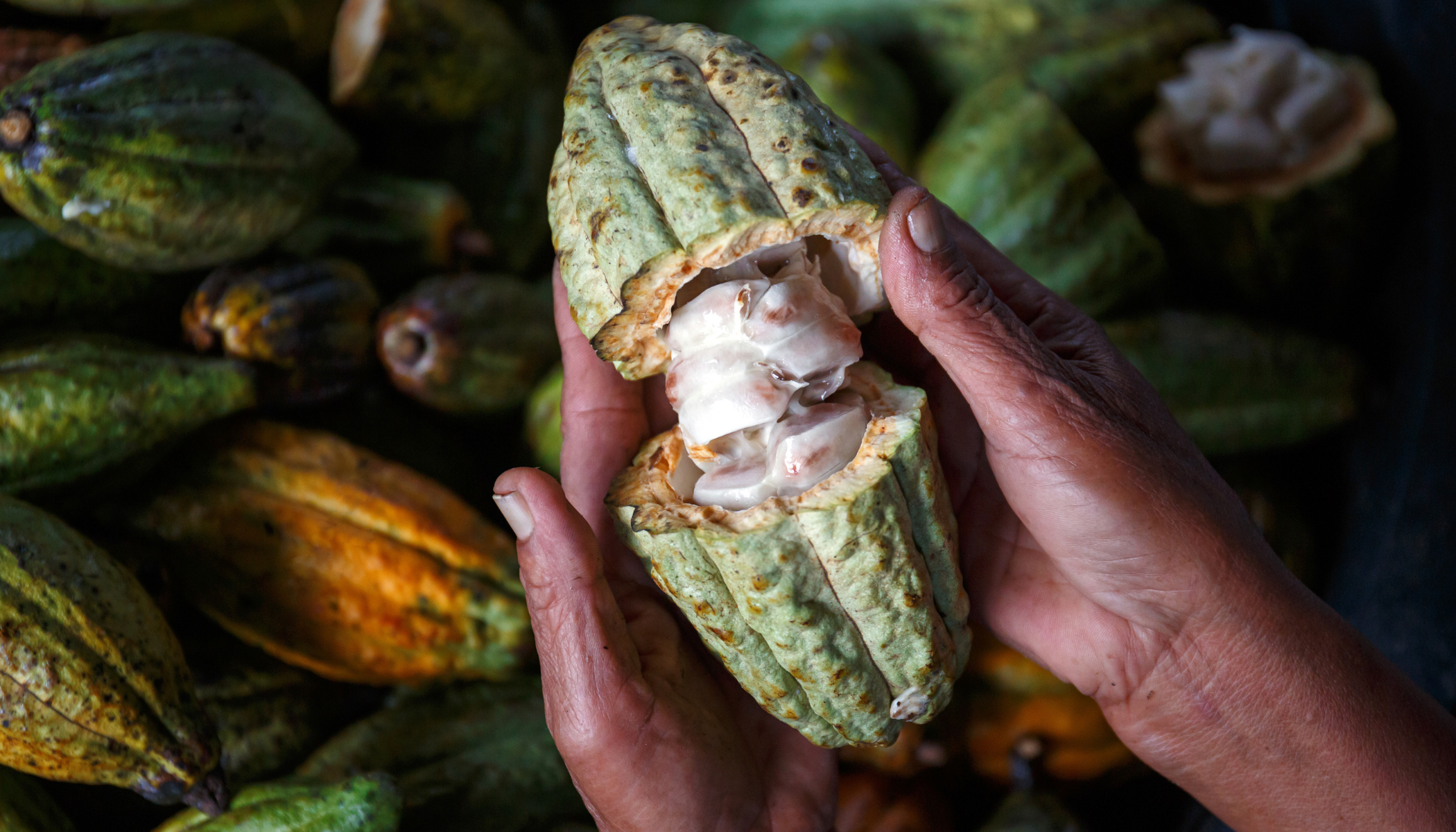Mexikanische Skincare und Koreanische Skincare im Vergleich:
Mexikanische Naturkosmetik ist ein verborgenes Naturgeheimnis, das bisher nicht so viel Aufmerksamkeit erhalten hat wie koreanische Kosmetik (auch bekannt als K-Beauty). Zu Unrecht wie wir finden, denn Mexiko hat eine der größten Biodiversitäten der Welt und eine lange Tradition in der Verwendung von natürlichen Wirkstoffe für die Hautpflege! In diesem Artikel werden wir dir einige der wichtigsten Wirkstoffe der mexikanischen Naturkosmetik vorstellen und diese mit den synthetischen Wirkstoffen aus der koreanischen Skincare vergleichen.
Mehr zu mexikanischer Naturkosmetik erfährst du in unserem M-Beauty Lexikon.
Top 30 Mexican Beauty vs. K-Beauty Wirkstoffe im Vergleich:
| Mexican Skincare: | Wirkung: |
Korean |
| Achiote | Achiote hat viele Skincare-Vorteile wie Antioxidantien, entzündungshemmende Eigenschaften, Feuchtigkeitsspendung und fördert die Kollagenproduktion sowie schützt vor UV-Strahlung, was dazu beiträgt, das Auftreten von feinen Linien und Falten zu reduzieren. |
synth. Vitamin C |
| Agave | Agave enthält viele Nährstoffe und hat feuchtigkeitsspendende Eigenschaften. Agave wird oft bei der Behandlung von trockener Haut und feinen Linien eingesetzt. |
synth. Glycerin oder AHA (Alpha Hydroxy Acid) |
| Aloe Vera | Die heilenden Eigenschaften von Aloe Vera sind schon seit Jahrhunderten bekannt und werden oft bei der Behandlung von Verbrennungen und Hautirritationen eingesetzt. Aloe Vera ist reich an Antioxidantien, die die Haut vor Schäden durch freie Radikale schützen. |
synth. Vitamin E & C sowie Snail Secretion Filtrate |
| Avocado | Avocado ist eine Frucht, die aus Mexiko stammt und weit verbreitet ist, in der Hautpflege ist sie für ihre feuchtigkeitsspendenden Eigenschaften bekannt. Avocadoöl enthält viele Nährstoffe, wie Vitamin E, B3 (Niacinamid ist eine Form von Vitamin B3) die dazu beitragen, die Haut zu pflegen und zu schützen. | synth. Niacinamid |
| Altea | Altea wird oft zur Beruhigung und Heilung der Haut verwendet und hat auch feuchtigkeitsspendende Eigenschaften, insbesondere geeignet für empfindliche Haut. | synth. Allantoin |
| Bugambilia | Bugambilia ist eine Pflanze, die in Mexiko weit verbreitet und für ihre heilenden Eigenschaften bekannt ist. Die Blätter und Blüten der Pflanze enthalten viele Nährstoffe und Antioxidantien, die dazu beitragen können, die Haut zu pflegen und zu schützen. Bugambilia wird oft bei der Behandlung von Hautirritationen und Entzündungen eingesetzt. | synth. Hyaluronsäure |
| Calendula |
Calendula hat eine beruhigende Wirkung auf die Haut und kann bei gereizter, juckender oder entzündeter Haut helfen. Sie ist verwandt mit der mexikanischen ursprünglichen Form Cempasúchil. |
Centella Asiatica |
| Cempasúchil |
Cempasúchil, auch bekannt als Ringelblume, hat entzündungshemmende und antioxidative Eigenschaften, die helfen können, die Haut zu beruhigen und zu schützen. Darüber hinaus kann Cempasúchil auch bei der Wundheilung und der Behandlung von Akne helfen. |
Centella Asiatica oder Tigergras |
| Chaya | Chaya wird oft zur Behandlung von Akne und zur Kontrolle von Hautunreinheiten verwendet. Es hilft bei der Entfernung von abgestorbenen Hautzellen und bei der Kontrolle von Akne und anderen Hautunreinheiten. | Salicylsäure / Beta-Hydroxysäure (BHA) |
| Chia | Chia-Samen sind reich an Hydratationsmitteln wie Omega-3-Fettsäuren sowie Antioxidantien, die die Haut mit Feuchtigkeit versorgen und ihr ein gesundes Aussehen verleihen. | synth. Glycerin |
| Chicalote | Chicalote wird oft bei der Behandlung von Schmerzen und Entzündungen eingesetzt wird. In der Naturkosmetik wird sie oft bei der Behandlung von Akne, Mitessern und anderen Hautirritationen verwendet. | synth. Niacinamid oder Retinol |
| Chicozapote | Chicozapote enthält Antioxidantien, Vitamin E und hat feuchtigkeitsspendende Eigenschaften. Es hilft bei der Reparatur und Regeneration der Haut | synth. Hyaluronsäure |
| Chiles | Reich an Antioxidantien und Vitamin C, wirkt als Schutz vor freien Radikalen und verlangsamt somit den Alterungsprozess der Haut. | Grüntee-Extrakt |
| Chiltepín | Reich an Capsaicin, wirkt entzündungshemmend und hilft, Hautirritationen zu reduzieren und die Haut zu beruhigen. | Centella Asiatica |
| Cacao | Cacao ist reich an Antioxidantien und hilft bei der Reparatur und Regeneration der Haut. Cacao hilft bei der Kollagenproduktion, der Reduzierung von feinen Linien und Falten sowie bei der Verbesserung der Hautstruktur. |
synth. |
| Guava | Enthält Vitamin C und Antioxidantien, die dazu beitragen, das Hautbild zu verbessern und die Kollagenproduktion zu fördern. | synth. Vitamin E |
| Higuerilla | Reich an Omega-3-Fettsäuren, wirkt als natürlicher Feuchtigkeitsspender und hilft, trockene und raue Haut zu beruhigen und zu pflegen. | Jojobaöl |
| Huizache | Enthält Antioxidantien und wirkt entzündungshemmend, um die Haut zu schützen und das Auftreten von feinen Linien und Falten zu reduzieren. | Grüntee-Extrakt |
| Jícama | Reich an Vitamin C, wirkt als Antioxidans und fördert die Kollagenproduktion, um die Hautalterung zu verlangsamen und die Elastizität der Haut zu verbessern. | synth. Niacinamid oder Retinol |
| Maguey | Enthält Polysaccharide, die entzündungshemmend und feuchtigkeitsspendend wirken und somit dazu beitragen, dass die Haut gesund und strahlend bleibt. | Centella Asiatica |
| Mamey | Die Mamey Frucht ist reich an Antioxidantien und Vitaminen, die dazu beitragen, die Hautalterung zu verlangsamen und die Kollagenproduktion zu erhöhen. | synth. Retinol |
| Mezquite | Enthält Antioxidantien und wirkt als natürlicher Feuchtigkeitsspender, der trockene und strapazierte Haut beruhigt und nährt. | synth. Hyaluronsäure |
| Nopal |
Nopal, auch bekannt als Opuntia oder Feigenkaktus, ist ein wichtiger Bestandteil der mexikanischen Kosmetik. Es ist reich an Antioxidantien, Vitaminen und Mineralstoffen, die der Haut zugutekommen, Feuchtigkeit spenden und straffend wirken. Nopal enthält auch Kieselsäure, ein Mineralstoff, der dazu beiträgt, die Haut zu straffen und zu festigen. |
synth. |
| Tamarindo | Enthält Alpha-Hydroxysäuren, die abgestorbene Hautzellen entfernen und die Haut glätten. |
synth. AHA (Alpha Hydroxy Acid) |
| Tejocote | Enthält Antioxidantien und wirkt entzündungshemmend, wodurch es hilft, das Hautbild zu verbessern und feine Linien und Falten zu reduzieren. | synth. Retinol |
| Tepezcohuite | Tepezochuite hat eine entzündungshemmende und hauterneuernde Wirkung und wird häufig bei der Behandlung von Akne, Verbrennungen und anderen Hautirritationen eingesetzt. Außerdem kann es die zellregeneration fördern und somit feine Linien und Hautalterungsprozesse vorbeugen. | synth. Retinol |
| Tepozán | Hat entzündungshemmende Eigenschaften und hilft bei der Bekämpfung von Akne und Hautirritationen. | Teebaumöl |
| Tlachichinole | Reich an Antioxidantien und Vitamin C, wirkt als Schutz vor freien Radikalen und verlangsamt somit den Alterungsprozess der Haut. | syth. Vitamin C |
⚠️ Grundlegende Unterschiede
Traditionelle Inhaltsstoffe:
Mexikanische Skincare setzt oft auf traditionelle Pflanzen und Naturstoffe aus der Region, die seit Jahrhunderten von den Ureinwohnern Mexikos genutzt werden. Koreanische Skincare hingegen setzt auf eine Kombination aus traditionellen asiatischen Kräutern und modernen synthetischen Wirkstoffen.
Unterschiedliche Schwerpunkte:
Während K-Beauty auf das Ziel hat einer "gläsernen Haut" zu bekommen und sich auf die Behandlung von Falten und Pigmentierungen konzentriert, legt die mexikanische Skincare (M-Beauty) mehr Wert auf die Behandlung von Hautschäden durch Sonneneinstrahlung, Umweltverschmutzung und Alterung und auf eine Hautpflege im Einklang mit der Natur.
Verpackung und Marketing:
Koreanische Skincare wird oft aufwändig verpackt und beworben, um eine emotionale Verbindung zu den Verbrauchern aufzubauen, während mexikanische Skincare eher auf die natürlichen Inhaltsstoffe und deren Wirkung auf die Haut fokussiert ist.


